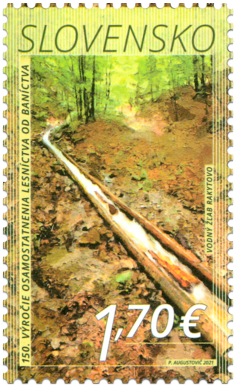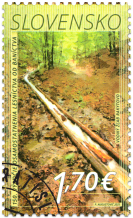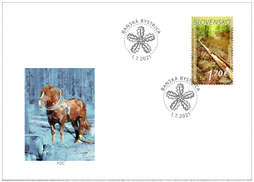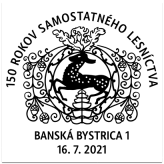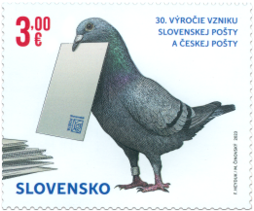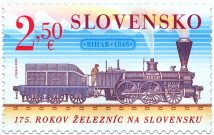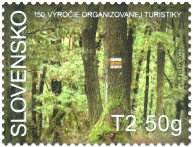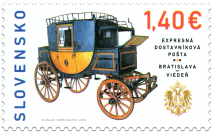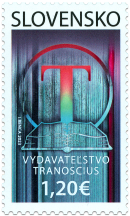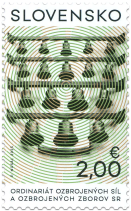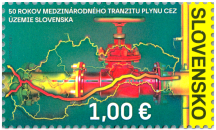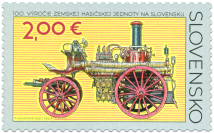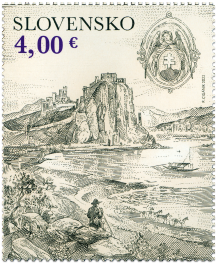745 Date of issue
01.07.2021 Face value
1.70 € Sell price
1.70 €
The systematic management and protection of forests within the history of our territory dates back to 1st July 1871, when the Royal Hungarian Directorate of Forest and Agricultural Estates moved to Banská Bystrica. It is 150 years since the separation of forestry from metallurgy and the mining industry, which allowed the creation of suitable conditions for the independent management of state forests.
Forest areas that had been ravaged by mining and metallurgy needed to be managed on a planned basis in order to meet both the contemporary needs of society and those of future generations. The primary element was the systematic and coordinated recovery of the forests, including the establishment of forest nurseries to produce the required number of seedlings. This laid the foundations for the continuous and responsible care of the forests.
From the very beginning, the active management of forests in Slovakia was aimed at the preservation and enhancement of forest ecosystems, providing the necessary amount of wood as the most environmental friendly and renewable resource. Logging has a far less devastating impact on the environment than the extraction of other, non-renewable resources, such as mineral ores or oil products. The cyclical restoration of forests allows us to use wood without losing the other benefits that come from forests, such as the binding of carbon dioxide, or the cleansing and accumulation of water.
The development of new technologies is also connected with the active use and management of forests, it has allowed logged wood to be transported to the further processing. At first, it included the use of dry shears and water troughs along with the help of gravity to concentrate the wood. This was followed by the construction of traffic junctions and the development of a rail transport network along the mountain valleys. Later, after the development of roads and road transport, the narrow-gauge rail transport of wood was no longer required, and it was replaced by road transport, which required the construction of a forest road network. Carters and horses have been an integral part of forestry, and the Slovak state foresters can be proud of having bred the Muran-Noriker horse, a symbol of the active management of forests, for over the last 70 years.
Anna Sliacka
Show less© 2024 POFIS - Postal philatelic service. All rights reserved

